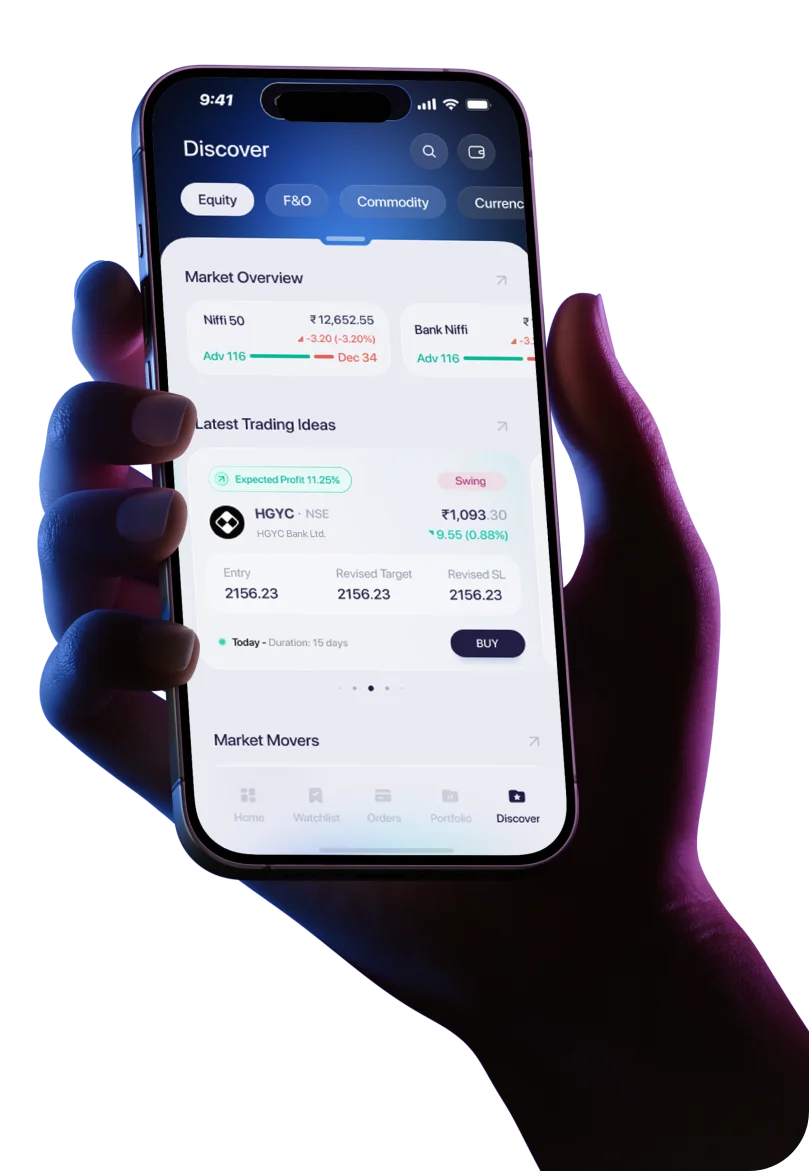Market Performance
The Axis Bank share price took a sharp hit on Friday, falling 4.58% to ₹1,151.95 apiece on the BSE after the bank released its Q4 FY25 results. At 10:15 AM, the stock was down 3.98%, trading at ₹1,159.25.
Despite the short-term dip, Axis Bank has maintained a strong performance trajectory:
- Up 4% in the last month
- Surged over 22% in the past three months
- 8.5% gain year-to-date (YTD)
- 32% rise in two years
- A massive 188% return in the last five years
Main News: Q4 Results Trigger Dip in Axis Bank Share Price
Axis Bank's recent quarterly report sparked the stock's downward movement, with investor sentiment turning cautious. Although the bank posted stable growth in several areas, a marginal dip in profitability weighed on the stock.
Financial Snapshot of Q4 FY25:
- Net Profit: ₹7,117.50 crore
- Down by 0.2% YoY from ₹7,129.67 crore
- Net Interest Income (NII): ₹13,811 crore
- Up by 6% YoY
- Net Interest Margin (NIM):
- Dropped to 3.97% from 4.06% YoY
Company Details: Axis Bank Operational Metrics
Axis Bank, India's fourth largest private sector lender, continues to show resilience in its core operations despite a few soft spots in the latest quarterly numbers.
- Total Advances: ₹10.4 lakh crore (↑ 8% YoY)
- Total Deposits: ₹11.7 lakh crore (↑ 10% YoY)
Operational efficiency remains steady, although the bank experienced a slight margin compression. The overall asset quality has seen improvement, with better credit management practices coming into play.
Long-Term Outlook: Strong Returns Despite Short-Term Volatility
While the recent fall in the Axis Bank share price might appear concerning, the bank's long-term growth story remains intact. The consistent increase in share value over multi-year periods demonstrates robust investor confidence.
Historical performance data:
- 3-month return: +22%
- Year-to-date return: +8.5%
- 5-year return: +188%
This makes Axis Bank one of the standout performers among private sector banks in India over a five-year horizon.
Summary
The Axis Bank share price declined over 4% following its Q4 results, mainly due to flat profitability and margin compression. However, substantial deposit and loan growth and a healthy long-term trajectory suggest that the bank remains fundamentally sound.
Despite the near-term pullback, Axis Bank continues to deliver significant shareholder returns, especially over the long run. Investors will closely watch its performance in FY26 as it navigates margin pressures and focuses on retail expansion.




 Easy & quick
Easy & quick
Leave A Comment?